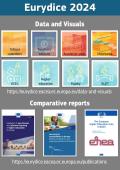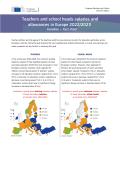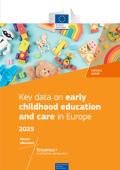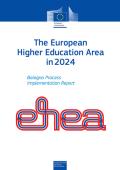The Organisation of the Academic Year in Europe 2021/22
Do you wonder how the academic calendar is structured this year, especially after COVID19 hugely impacted our higher education systems?
This publication, based on national data, gives accurate information on the beginning of the academic year, term times, holidays and examination periods.
Differences between university and non-university study programmes are also highlighted. The information is available for 37 countries.





